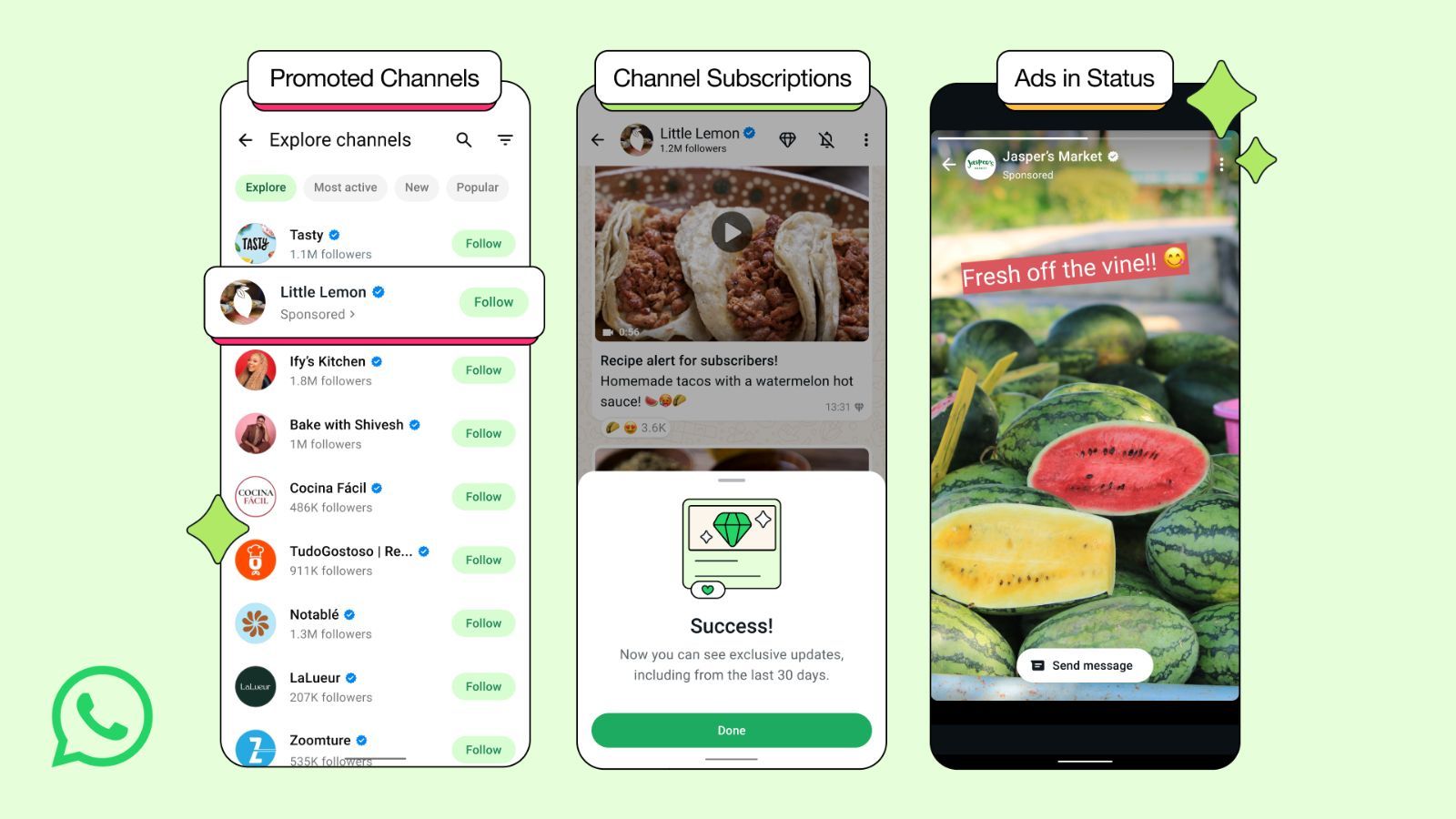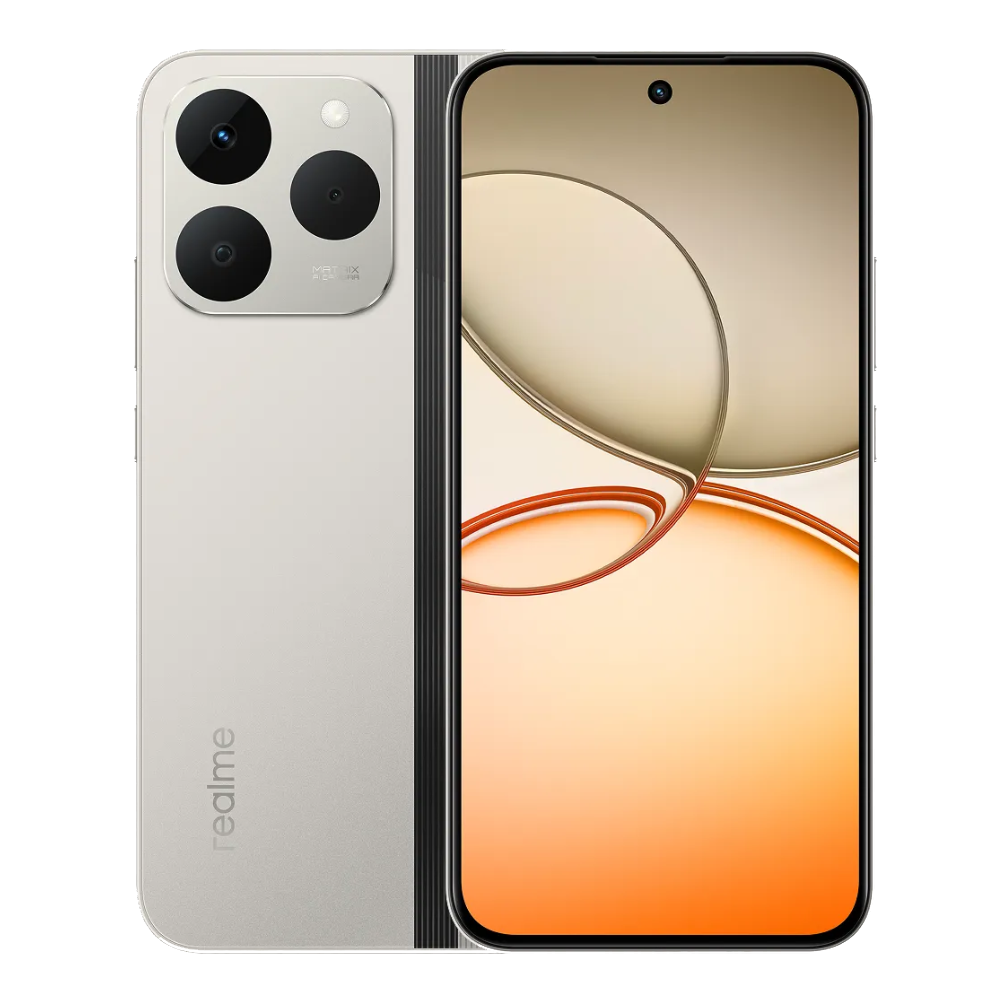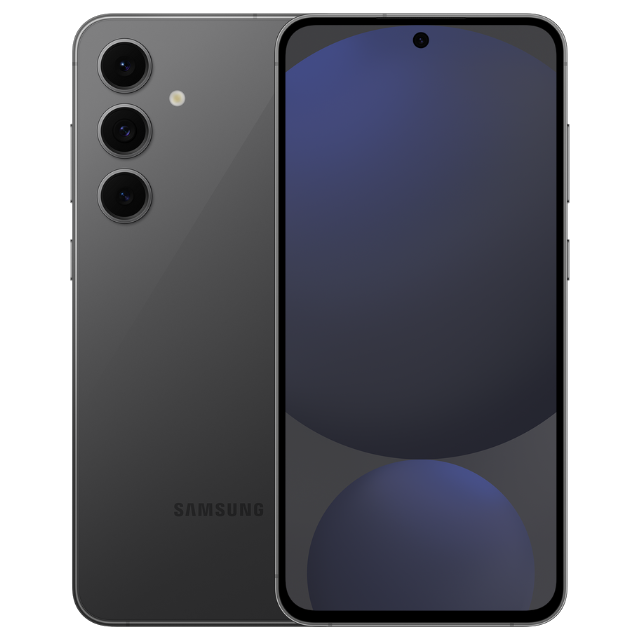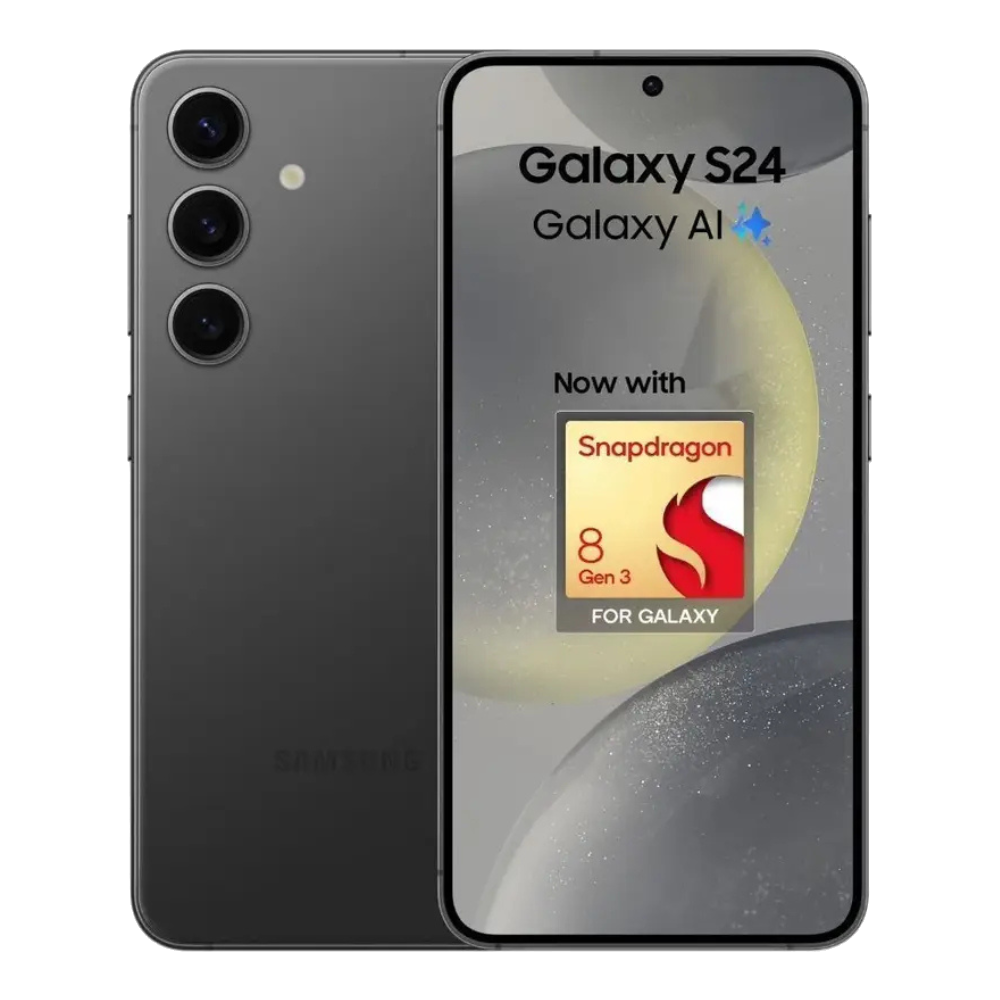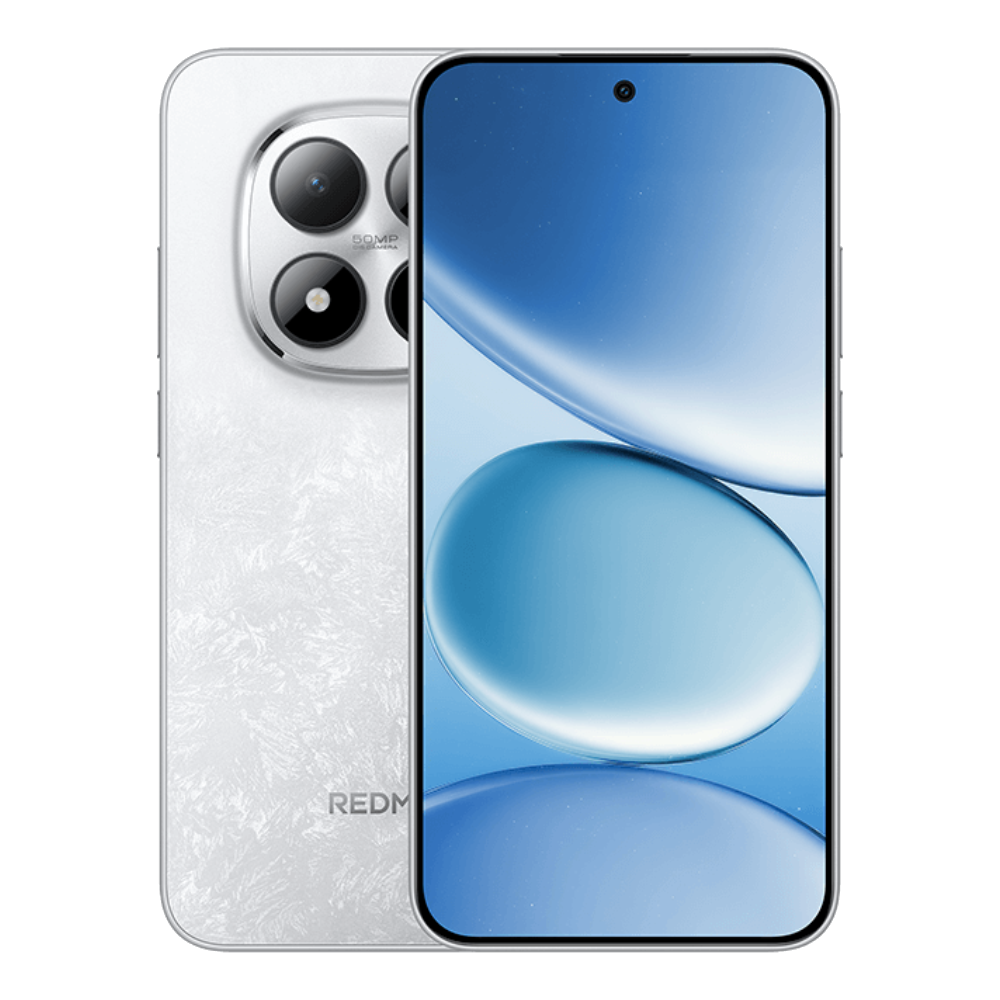In a surprisingly controversial move, Meta has quietly phased out the native WhatsApp beta app for Windows 11, replacing it with a web-based wrapped in the latest beta release. This has turned the app into a glorified version of WhatsApp Web.
According to Windows Latest, the new version uses Microsoft's WebView2 technology based on Edge Chromium. This transition marks the end of the WhatsApp UWP (Universal Windows Platform) app, which was widely praised for its native performance and minimal resource consumption. Moreover, the app also had commendable feature parity with its Android and iOS counterparts.
WhatsApp (beta) for Windows 11 just killed the native app in favour of a web wrapper. We're back to web dot whatsapp dot com.
— Windows Latest (@WindowsLatest) July 20, 2025
WhatsApp will soon use WebView2 (Microsoft Edge-based, which is based on Chromium) to render chats and other features on Windows 11.
This means… pic.twitter.com/ee8Y0vp06o
Now, with the shift to a WebView2-powered wrapper, we noticed a significant spike in the RAM usage, going from somewhere around 110 MB to 420 MB. That's almost four times the RAM usage. For your information, we are on the WhatsApp beta 2.2564.282.0 build for Windows 11. Besides, since it's a more browser-like experience, the snappiness and native feel of the original app is now gone.
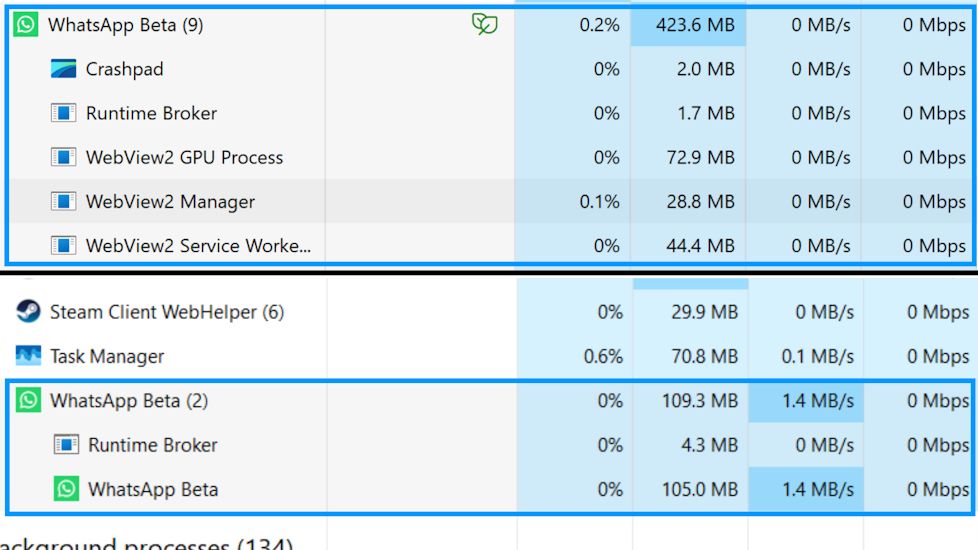
Meta has now provided an official statement on why it decided to abandon the native UWP framework. However, this could be to streamline development across platforms by using a shared web-based codebase. While this may ease the rollout of features like Channels and cross-platform syncing, it comes at the cost of an optimised Windows 11 experience.
From the looks of it, users looking for a lightweight, native experience on Windows 11 will probably have to take to WhatsApp Web instead. Since the beta is already reflecting this change, you never know when it hits the stable app.



